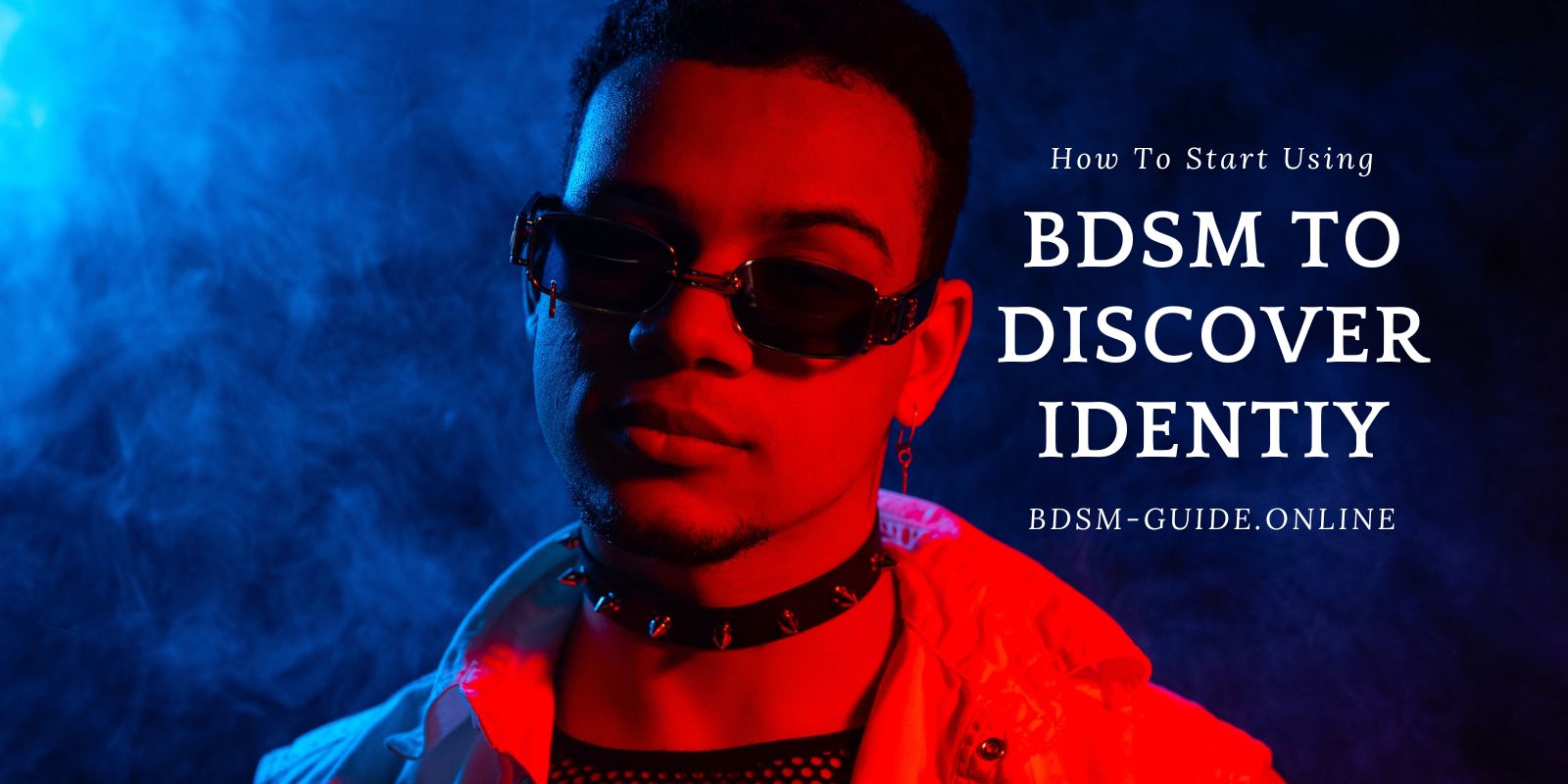Using BDSM to Discover Identity: A Submissive’s Journey Through Humiliation and Obedience
Table of Contents – Using BDSM to Discover Identity
- What Does Using BDSM to Discover Identity Mean?
- Why BDSM Helps with Identity Exploration
- Personal Stories of Identity Through Kink
- Safe Practices for Identity Discovery
- Combining BDSM with Mental Health Growth
- Recommended Product for BDSM Exploration
- Key Takeaways
- FAQ
What Does Using BDSM to Discover Identity Mean?
My name is Cuckold Clayton, and using BDSM to discover identity has reshaped how I see myself as a submissive. It’s the practice of engaging in bondage, dominance, submission, or sadomasochism to explore personal identity, desires, and emotional boundaries. Through humiliation or denial, I uncover parts of myself hidden by societal norms. Puget Sound’s article describes it as a transformative act, where roleplay lets you test fluid identities, like gender or power roles.
BDSM’s roots in consensual power exchange allow safe exploration of vulnerability. My first scene, kneeling for my dominant, revealed strength in surrender. Studies, like those in *Journal of Sexual Research*, show kinksters use BDSM to navigate self-concept, often finding clarity in roles like submissive or dominant. It’s not just play—it’s a structured space to question who you are, guided by trust and consent.
Why BDSM Helps with Identity Exploration
Using BDSM to discover identity is powerful because it creates a safe space for vulnerability and self-reflection. Psychology Today notes kinksters often overcome internalized stigma, finding authenticity through roles like mine as a cuckold. Submitting to humiliation or denial lets me confront shame, turning it into empowerment.
The structured nature of BDSM—negotiating scenes, setting limits—mirrors self-discovery. Each session teaches me about my desires and boundaries, fostering confidence. Roleplay, like being “owned,” allows exploration of fluid identities without judgment. For many, BDSM reveals hidden facets, like gender or power preferences, enhancing self-awareness and emotional resilience in a consensual, trusting environment.
Personal Stories of Identity Through Kink
In my journey as a submissive, using BDSM to discover identity has been transformative, and others echo this experience. Visible Magazine shares Tymber Dalton’s story, a dominant whose 24/7 dynamic solidified her leadership identity. Similarly, my cuckold role, embracing humiliation, helped me find strength in vulnerability. Each scene clarified my need for obedience, turning shame into empowerment.
A 50-year-old switch I know explored gender fluidity through roleplay, gaining confidence in defying norms. Another submissive processed past insecurities via denial, reclaiming self-worth. In my community, kinksters use BDSM to uncover hidden desires, like non-binary roles or post-trauma agency. These narratives highlight how BDSM fosters self-awareness, letting us reshape identities in a consensual, trusting space.
Safe Practices for Identity Discovery
Exploring identity through kink requires safety to protect mind and body. Using BDSM to discover identity thrives when consent anchors every scene—negotiate limits and safewords like “red” upfront, as BDSM etiquette advises. I’ve learned clear boundaries let me embrace humiliation without fear, with “yellow” signaling a pause if emotions spike.
Begin with gentle tools, like blindfolds, to ease into vulnerability. Avoid intense play, like heavy impact, until trust is solid. Discuss triggers, as past trauma can emerge. Keep scenes short, 15-20 minutes, to avoid overwhelm. Aftercare—cuddling or talking—grounds me post-scene, ensuring safety. Clean gear with alcohol wipes to prevent infections. Safe practices make identity exploration through BDSM empowering and secure.
Combining BDSM with Mental Health Growth
BDSM has helped me to discover my identity has boosted my mental well-being. BDSM and mental health research shows kink reduces stress, with scenes like submission inducing meditative subspace. My cuckold role, embracing denial, helped me process shame, building confidence. BDSM contracts provide structure, like setting limits, ensuring emotional safety during exploration.
Controlled humiliation scenes let me confront insecurities, turning them into strengths. Aftercare—cuddling or debriefing—grounds me, preventing subdrop. Some kinksters process trauma through BDSM, finding catharsis, but therapy is key if issues surface. Journaling post-scene clarifies my identity, making each session a step toward resilience. Consent and trust make this growth possible, aligning kink with mental health benefits.
Recommended Product for BDSM Exploration
Using BDSM to discover identity is enhanced by versatile tools, and the Frisky Tame Me Beginner Bondage Set is perfect for starters. This 8-piece kit includes leatherette cuffs, a blindfold, a ball gag, and a flogger, ideal for exploring submission and vulnerability. Quick-release cuffs ensure safety, while the tickler adds sensory play, deepening my cuckold experience.
The set’s variety lets beginners test roles without overwhelm. I use the blindfold to heighten denial, amplifying trust. Clean with alcohol wipes for hygiene, ensuring safe play. This kit supports my journey, offering tools to explore identity through controlled, consensual kink.

Key Takeaways
- Explore identity: Using BDSM to discover identity uncovers personal desires.
- Embrace vulnerability: Submission fosters self-awareness and confidence.
- Prioritize safety: Consent and safewords ensure secure exploration.
- Support mental health: Kink reduces stress and aids emotional growth.
FAQ – Using BDSM to Discover Identity
What does using BDSM to discover identity mean?
Using BDSM to discover identity involves exploring self through submission or dominance. It reveals desires via consensual kink. Safewords ensure safety. Trust drives personal growth.
Is BDSM safe for identity exploration?
Yes, with clear consent and limits. Using BDSM to discover identity requires safewords and aftercare. Start with simple tools. Communication prevents emotional harm.
How does BDSM aid self-discovery?
Using BDSM to discover identity fosters vulnerability and self-awareness. Roleplay reveals hidden desires. Consent builds confidence. Aftercare supports emotional processing.
Can BDSM help with mental health?
Studies show kink reduces stress when consensual. Using BDSM to discover identity boosts resilience. Aftercare prevents subdrop. Therapy aids if trauma surfaces.

Cuckold Clayton is a devoted submissive who embraces humiliation, denial, and obedience as core parts of his cuckold identity.



